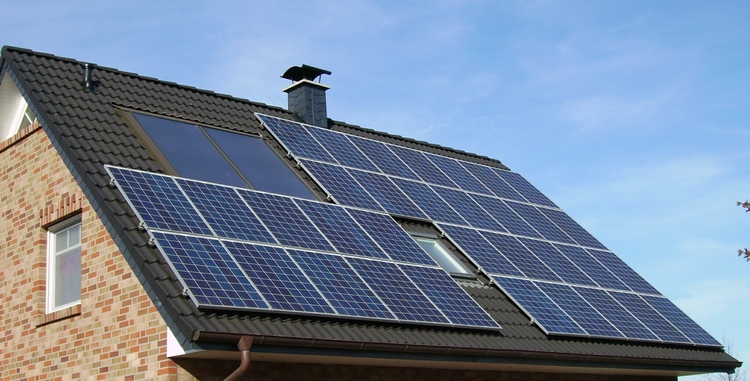
The Sunday Mail

Kevin Makoni
Zimbabwe’s power generation sector has recently been dominated by news of the unprecedented low water levels at Kariba Dam and their effect on our power generation capacity.
The Kariba crisis reflects the problems associated with over reliance on hydropower and has resulted in calls for diversification of Zimbabwe’s power sources.
Zimbabwe has traditionally relied on thermal and hydro-power generation plants to sustain domestic, industrial and agricultural activities. These projects are high in capital outlay, and require long construction periods for completion. Thermal power has the negative feature of being powered by coal, a fossil fuel with high carbon emissions.

Managing director of Intratrek Zimbabwe Mr Wicknell Chivayo smiles as project director Mr Kevin Makoni signs the 200MW solar deal
Solar energy has emerged as the most viable power generation solution for Zimbabwe and, indeed, most of Sub-Saharan Africa. It comes as no surprise, therefore, that the award and subsequent signing of engineering, procurement and construction contracts for 3x100MW photovoltaic solar power generation plants by the Zimbabwe Power Company has been greeted with relief and anticipation by the Zimbabwean public.
Dubbed “the power of the future”, a typical photovoltaic (PV) solar energy power plant converts sunlight directly into electricity through PV panels. This power is then transmitted into the national grid for nationwide distribution. Solar power is only generated when the sun is shining (even partly) and the capacity of generation is directly related to the number of daylight hours obtained.

Zimbabwe boasts an average of eight daylight hours, making it an ideal destination for solar. Key solar sites like Plumtree, Gwanda, Zvishavane and parts of Kwekwe boast up to 12 daylight hours and are the key hotspots for solar power generation projects. A typical 100MW project takes between 12 and 18 months from feasibility and design to construction. In Zimbabwe, the likely turnaround time is just above 12 months and a significant portion of this time is attributable to manufacturing, factory testing and shipping logistics from countries of origin.
At a time when the Government is seized with the implementation of Zim-Asset, as enunciated more clearly in the recent Presidential State Of the Nation address, solar power generation is the panacea to Zimbabwe’s energy woes and has rightfully assumed prominence in Zimbabwe’s quest for energy self sufficiency.
Besides a rapid implementation turnaround, solar energy is renewable with zero carbon emission.
At a time when preservation of the environment for future generations has assumed greater prominence, the reduction of the national carbon footprint is a key statistic in our continuing, national environmental management efforts as a nation.
Solar projects represent some of the quick-wins that are the cornerstones of Zim-Asset. Electricity is the main enabler of economic activity and its generation and transmission are key to achievement of major milestones under Zim-Asset’s Infrastructure and Utilities Cluster.
In addition to being a key enabler, electricity is a potential major export earner due to Zimbabwe’s strategic position at the heart of the Southern Africa Power Pool.
At a time when continents with hostile weather environment – for example Europe, parts of Asia and the Americas – are generating massive solar power into their grids, Africa should take advantage of its natural advantage of abundant sunshine to harness energy from sunlight and foster economic growth.
Government should, therefore, foster policies to augment solar power generation through progressive fiscal policies, for example subsidies and tax breaks while promoting the dissemination of knowledge through academic institutions and research centres, like SIRDC.
The creation of solar PV panel manufacturing centres will go a long way in fostering the proliferation of solar power in Zimbabwe.
◆ Kevin Makoni is a solar energy consultant and writes in his personal capacity.



